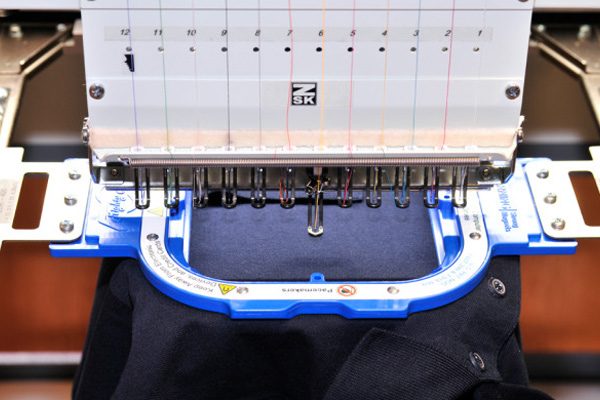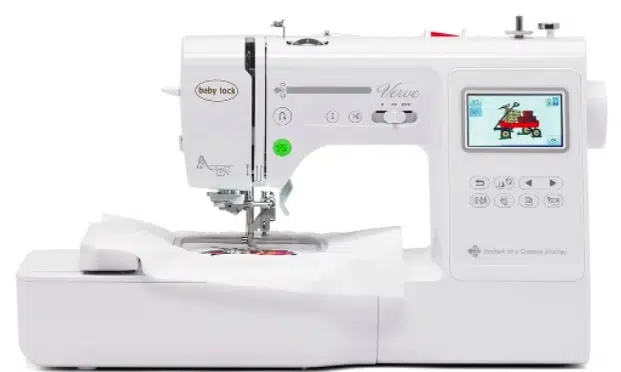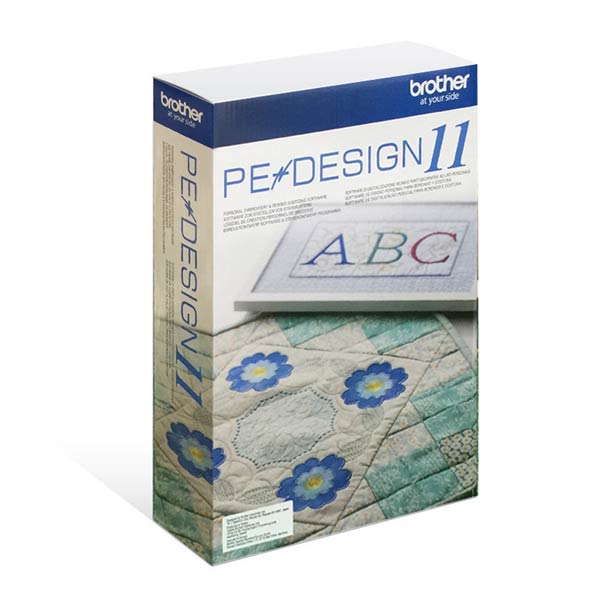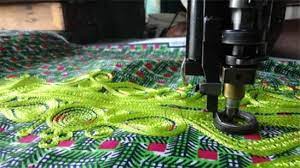Embroidering Without a Hoop: Breaking Free from Traditional Constraints
Embroidery hoops have long been considered essential tools for needlework enthusiasts. However, many skilled artisans are discovering the freedom and versatility of embroidering without a hoop. This technique, often called “in-hand embroidery,” opens up new possibilities for creativity and allows for greater flexibility in your stitching projects. Let’s explore the world of hoopless embroidery and answer some common questions about this innovative approach.
Why Embroider Without a Hoop?
Embroidering without a hoop offers several advantages:
- Portability: Without bulky hoops, your project becomes more portable, allowing you to stitch on the go.
- Flexibility: You can easily work on oddly-shaped or three-dimensional objects.
- Fabric integrity: Some delicate fabrics may be damaged by the tension of a hoop.
- Unique textures: The natural drape of the fabric can create interesting effects in your embroidery.
- Faster setup: You can start stitching immediately without taking time to position and tighten a hoop.
Getting Started with Hoopless Embroidery
To begin embroidering without a hoop, you’ll need:
- Your chosen fabric
- Embroidery floss
- Needles
- Scissors
- Optional: embroidery stabilizer or backing
The key to successful hoopless embroidery lies in maintaining proper tension. Practice holding the fabric taut with your non-dominant hand while stitching with your dominant hand. As you gain experience, you’ll develop a feel for the right amount of tension needed for various stitches and fabrics.
FAQ: Embroidering Without a Hoop
Q1: Is it really possible to embroider without a hoop? A1: Absolutely! While hoops are traditional tools, many experienced embroiderers prefer working without them. It takes practice to maintain proper tension, but it’s entirely feasible and can lead to beautiful results.
Q2: What types of embroidery work best without a hoop? A2: Many styles of embroidery can be done without a hoop, including:
- Surface embroidery
- Crewel work
- Silk ribbon embroidery
- Stumpwork
- Goldwork
- Bead embroidery
Some techniques, like counted cross-stitch, may be more challenging without a hoop but are still possible with practice.
Q3: How do I keep my fabric from puckering without a hoop? A3: Maintaining even tension is crucial. Here are some tips:
- Use a light touch when pulling your stitches
- Work on a flat, stable surface
- Consider using a stabilizer or backing fabric
- Practice proper fabric handling techniques
Q4: Are there any fabrics that work particularly well for hoopless embroidery? A4: Yes, some fabrics are easier to work with when embroidering without a hoop:
- Medium-weight cotton or linen
- Felt
- Denim
- Canvas
- Sturdy silk
Lighter fabrics may require additional stabilization, while very heavy fabrics can be more challenging to manipulate.
Q5: How do I transfer my design onto fabric without a hoop? A5: There are several methods for transferring designs without a hoop:
- Use water-soluble transfer paper
- Trace the design with a fabric pen or pencil
- Use iron-on transfer patterns
- For dark fabrics, try using white transfer paper or chalk
Q6: Can I use an embroidery frame instead of a hoop? A6: Yes, embroidery frames can be an excellent alternative to hoops, especially for larger projects. They provide stability while allowing you to see more of your work at once. However, the techniques discussed here focus on true “in-hand” embroidery without any frame or hoop.
Q7: How do I maintain consistent stitch length without a hoop? A7: Consistent stitch length comes with practice. Try these tips:
- Use the width of your thumb as a guide for stitch length
- Practice on scrap fabric to develop muscle memory
- Focus on maintaining even tension in your fabric and thread
- Consider using a ruler or marked fabric as a guide when starting out
Q8: Are there any special techniques for embroidering curves and circles without a hoop? A8: Embroidering curves and circles without a hoop can be challenging but is definitely possible. Try these techniques:
- Use shorter stitches around curves for smoother lines
- Rotate your fabric as you work to maintain a comfortable stitching angle
- For circles, consider using a running stitch to create a guide before filling in
Q9: How do I prevent hand fatigue when embroidering without a hoop? A9: Hand fatigue can be a concern with in-hand embroidery. Here are some tips to reduce strain:
- Take frequent breaks and stretch your hands
- Use a thimble to protect your fingers
- Try different hand positions to find what’s most comfortable for you
- Consider using a lap stand or table clamp to hold your fabric
Q10: Can I combine hooped and hoopless techniques in the same project? A10: Absolutely! Many embroiderers use a combination of hooped and hoopless techniques depending on the needs of their project. For example, you might use a hoop for detailed background work and then remove it to add dimensional elements or work on oddly-shaped areas.
Q11: Are there any famous embroidery styles that traditionally don’t use hoops? A11: Yes, several traditional embroidery styles are typically done without hoops:
- Sashiko (Japanese running stitch embroidery)
- Kantha (Indian running stitch quilting and embroidery)
- Some forms of Blackwork (English monochromatic embroidery)
- Certain types of ecclesiastical embroidery
Studying these techniques can provide inspiration and insights for your own hoopless embroidery projects.
Q12: How do I care for and store my hoopless embroidery projects? A12: Caring for hoopless embroidery is similar to caring for hooped work:
- Gently hand wash or spot clean as needed
- Press the embroidery face down on a soft towel to avoid flattening stitches
- Store flat or rolled to prevent creasing
- Consider framing or mounting finished pieces to protect them
Embracing the Freedom of Hoopless Embroidery
Embroidering without a hoop opens up a world of possibilities for creative expression. While it may take some practice to master, the flexibility and portability of this technique make it a valuable skill for any embroidery enthusiast. Whether you’re working on a traditional sampler or pushing the boundaries with experimental textile art, hoopless embroidery allows you to break free from conventional constraints and explore new dimensions in your needlework.
As you venture into the world of hoopless embroidery, remember that practice is key. Don’t be discouraged if your first attempts aren’t perfect – with time and patience, you’ll develop the skills needed to create beautiful, hoop-free embroidery. Experiment with different fabrics, stitches, and projects to find what works best for you. The journey of discovery is part of the joy of this liberating technique.
So grab your needle and thread, choose your favorite fabric, and start exploring the exciting world of embroidery without boundaries. Your creativity is the only limit!
Related Posts
Discover relevant articles, tutorials, and tips to improve your skills and explore new techniques.
Stay inspired and connected to our embroidery community.






